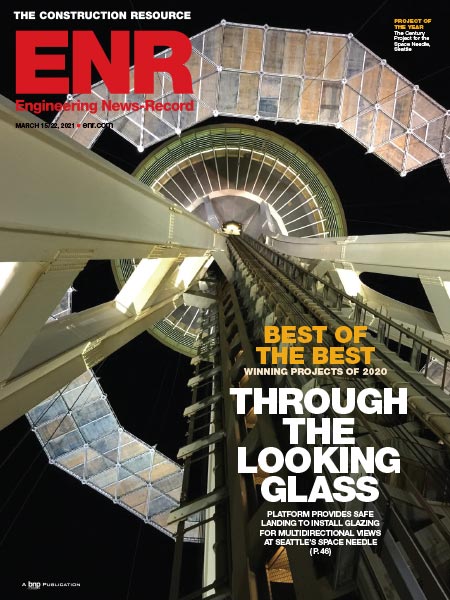Japan Vies for $10.5B Indian High-Speed-Rail Project

Japanese rail companies, once considered high-speed-rail pioneers, have allowed Chinese rivals to overtake them to win more major contracts in recent years. Suddenly, though, Japan is aiming to gain back lost market share by competing against China on a new, unexpected battlefield: India.
This September in Tokyo, for instance, Japanese Prime Minister Shinzo Abe shook hands with his Indian counterpart, Narendra Modi, on a plan to build a $10.5-billion bullet-train project in India. Plans for the ambitious rail line include two major cities, Mumbai and Ahmedabad, in western India.
With top speeds of between 250 to 300 kilometers per hour, officials estimate the bullet train could cover the 534-kilometer-long stretch between Mumbai and Ahmedabad in about three to four hours—or less than half the time of the existing express-train service.
To get the project rolling, Akihiro Ohta, Japan's minister for land, infrastructure, transport and tourism, has expressed a willingness to fund the massive project. The Japan International Cooperation Agency (JICA) has partnered with French railways to carry out feasibility studies on the project. India's Ministry of Railways has said it will take six years for the project to complete.
The high-speed-rail line would be a significant first for India as well as an opportunity for Japan to prove it can work within the limitations of a developing market and still compete on price.
"From what we know, Japan is ready to work at a rate of $17 million per kilometer,” says Rajeev Jyoti, chief executive at the railway division of Larsen & Toubro, a major Indian contractor. “This is not really extravagant, going by the usual costs on similar projects. The cost can be brought down further if Indian companies are given a piece of the action."
The government’s railway department and private Indian companies are capable of handling many aspects of the project. For instance, Bombardier’s Indian branch is producing the engines for electric trains, says Jyoti, who previously led the firm.
"The project is extremely feasible," adds Tuhin Chatterji, a senior official with the Confederation of Indian Industry. "The train route passes through one of India’s most industrialized areas."
The bullet-train project is part of a larger railway modernization program that has been undertaken by the new government, which also has broadened the scope of foreign direct investment in this sector. The Indian government already has tasked Japanese firms with constructing a 1,483-km-long Western Dedicated Freight Corridor, which will connect the capital of New Delhi with Mumbai.
Among the foreign companies in India, General Electric, Caterpillar-owned Electro-Motive Diesel and Alstom of France are looking to score some railway-modernization contracts.
Challenges
Nevertheless, in India, poor project management and implementation delays are not uncommon, due to inefficient bureaucracies, a confused decision-making process and the difficulty of acquiring land, among other factors. On this project, however, land acquisition may be less challenging because the new route may run parallel to existing tracks.
The French railway is advising on development and the project-management structure. Most observers believe the Indian government will use a new company, instead of the Indian Railways transport agency, to oversee the project.



